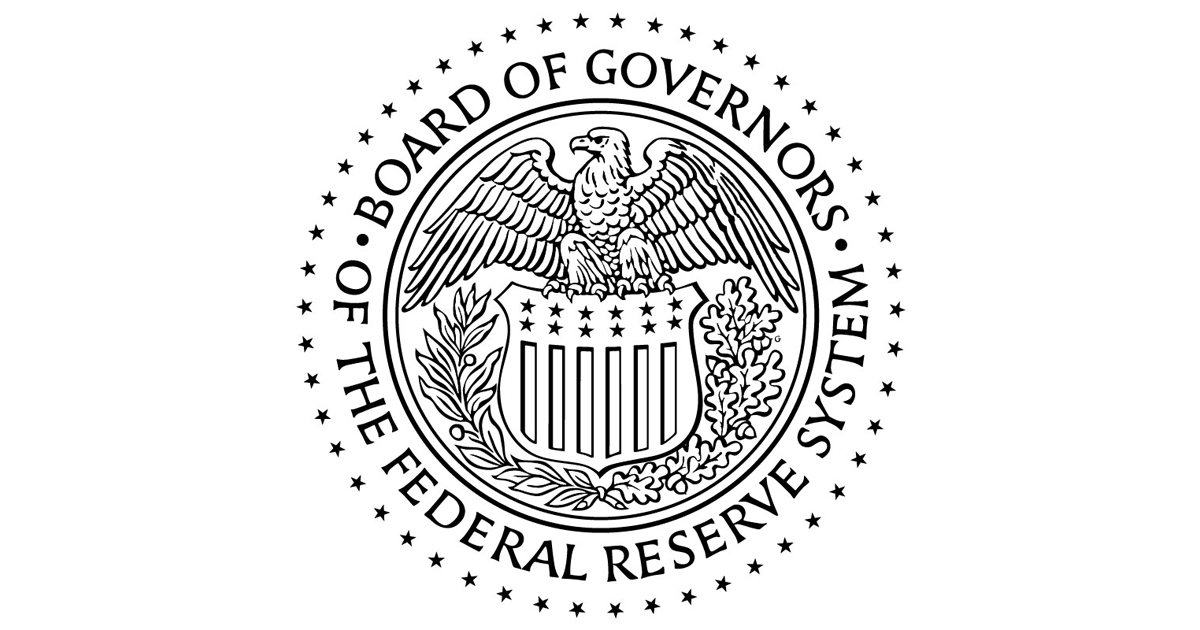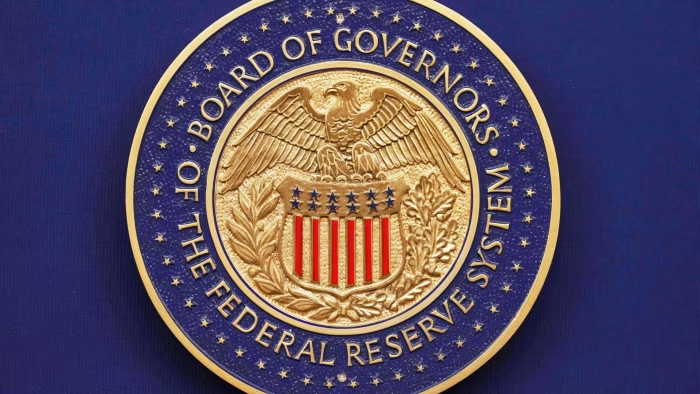The Federal Reserve cut US interest rates by a quarter point on Wednesday, but warned that a further reduction this year was not a “foregone conclusion” as a government shutdown clouds the outlook.
Concerns about weak job growth coupled with signs of funding tightness in money markets prompted the Fed’s move to halt efforts to shrink its balance sheet, starting in December.
But Wednesday’s decision to lower the benchmark rate to 3.75 per cent to 4 per cent drew some dissent on the 12-member Federal Open Market Committee, casting further doubt on its strategy at the next meeting in December.
“A further reduction of the policy rate at the December meeting is not a foregone conclusion,” Fed chair Jay Powell told reporters after the meeting on Wednesday.
“I always say that it’s a fact that we don’t make decisions in advance. But I’m saying something in addition here: that it’s not to be seen as a foregone conclusion — in fact far from it.”
Stocks fell sharply on Powell’s comments, with the S&P 500 down 0.3 per cent. Rate-sensitive two-year Treasury yields climbed to 3.57 per cent, up 0.08 percentage points.
Markets had bet heavily on the prospect of another quarter-point cut this year, pricing in a 87 per cent chance of another move in December ahead of Powell’s remarks. The odds of a cut fell to 74 per cent after Powell’s remarks.
“The ‘far from it’ part was kind of unnecessary, and heavily loaded,” said TS Lombard economist Dario Perkins. “He intended to send a signal, and the FOMC clearly wants to go into its meeting in six weeks’ time with its options open.”
The meeting came almost one month into a federal government shutdown, which has left the central bank without some economic data it relies on to make its decisions.
“This rate cut was the easy part,” said Eswar Prasad at Cornell University. “The Fed could soon be flying blind, rendering it bereft of the data markers that typically guide its policy decisions and therefore exposing it even more to political pressures.”
Powell said the dearth of adequate data caused by the shutdown would also be a factor in the FOMC’s thinking.
“What do you do when you’re driving in the fog? You slow down,” said Powell, adding that there was “a possibility” that this would influence the debate on December 10.
Dissent to Wednesday’s decision came from Kansas City Fed president Jeffrey Schmid, who called for rates to remain on hold, while Fed governor Stephen Miran, an ally of US President Donald Trump, backed a deeper half-point cut.
Powell said that an array of forecasts and approaches to risk among policymakers “were reflected in strongly differing views in today’s meeting”.
Alongside the rate move, the FOMC announced it was pulling back from its quantitative tightening programme amid concerns that short-term funding for some banks was becoming too tight.
The New York Fed would begin reinvesting all the proceeds of maturing Treasury debt held by the central bank into the government debt market from December 1, the committee said.
The Fed will also reinvest $35bn a month from maturing mortgage-backed securities into the Treasuries market from December 1.
Powell said there had been “a more significant tightening” in money market conditions over the past three weeks. “We’re shrinking the balance sheet at a very slow pace . . . There’s not a lot of benefit to shrinking it by the last few dollars.”
The move to cut the benchmark rate to between 3.75 per cent and 4 per cent, which was widely expected, leaves it at its lowest level since late 2022 — and follows months of pressure from Trump to slash borrowing costs.
The FOMC said the downside risks to employment “rose in recent months”. Amazon, UPS, Target, General Motors and other US companies have announced thousands of job cuts in recent days.
“Conditions in the labour market seem to be gradually cooling,” Powell said, though he later added that this was mostly down to Trump’s immigration crackdown. “There’s not a supply of workers showing up for jobs.”
Wednesday’s cut, the second in a row, also comes after a campaign waged by Trump to push the Fed to dramatically lower borrowing costs.
The Fed bought trillions of dollars of Treasuries after the Covid-19 pandemic, increasing its balance sheet to $9tn and flooding the financial system with cash.
Since 2022, the central bank has pulled back, allowing Treasuries and government mortgage-backed securities to mature without buying replacements.







